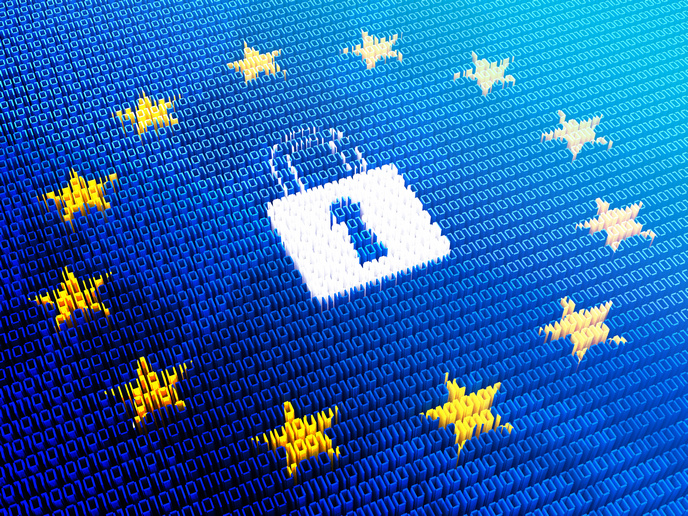Powerful new solutions strengthen Europe against hybrid threats
Hybrid threats’ campaigns such as cyberattacks, disinformation and pressure on critical infrastructure can destabilise entire societies. Because these threats can evolve quickly or systemically over a long period of time, Europe needs flexible responses that go beyond national silos and single technologies. The EU-funded EU-HYBNET project(opens in new window) set out to meet this challenge by connecting security practitioners, policymakers, academics and industry across Europe. Over the course of five years, it developed a common network platform to identify urgent practitioner needs, test innovations, and establish a pathway for long-term cooperation under the European Centre of Excellence for Countering Hybrid Threats.
Filtering the most effective innovations against hybrid threats
The project mapped out 72 practitioner-defined gaps ranging from critical infrastructure protection to information manipulation. More than 60 innovations were assessed against these requirements. To ensure that results would not become a catalogue of untested ideas, a dedicated methodology was applied. As project coordinator, Isto Mattila explains, “We created a special methodology to assess different innovations and choose 13 most promising ones. EU-HYBNET was not a technology development project but one where our mission was to understand the impact of different existing and future solutions.” These recommendations offer policymakers and procurement agencies a clearer sense of which tools, practices and standards deserve priority across the EU.
Why early standardisation matters for security innovations
A key insight was that innovation alone would not shift security practices without alignment on procurement and standardisation. By integrating these elements early, EU-HYBNET gave its findings stronger relevance for market uptake. “Standards and innovations are sometimes different sides of the same coin,” notes Mattila. “Therefore, building an understanding about realistic commercialising opportunities, we had to give high weight to standards when measuring innovations,” he added. This approach helped move promising tools closer to operational use, while providing the industry with clearer direction on where to focus development efforts.
How the CORE model deepens understanding of hybrid threats
Another unique feature was EU-HYBNET’s use of the Comprehensive Resilience Ecosystem (CORE) model, which links hybrid threat concepts to their real-world impacts on society. While abstract models explain how hybrid attacks work, CORE provided practitioners with a structured approach to consider the consequences across multiple sectors. “The CORE model gives a deeper understanding to practitioners about hybrid threats,” says Mattila. The basic hybrid concept is only explaining hybrid attack phenomena. The CORE model brings to society’s different sectors possible impacts to the picture.” This not only strengthened training and exercises but also informed future work, including a national project in Finland developing data-based tools for hybrid threat detection under the EU’s Critical Entities Resilience Directive.
Building a lasting European network to counter hybrid threats
EU-HYBNET has produced a roadmap, best practices, and innovation recommendations that extend beyond the lifetime of the project. At the same time, the European Centre of Excellence for Countering Hybrid Threats has agreed to continue information sharing. Still, by creating a network of 161 members from 25 EU Member States, EU-HYBNET has laid the foundations for a long-lasting cooperation against one of the most complex challenges facing Europe today.



